STAY HEALTHY
Press Text
STAY HEALTHY
10 June to 31 October 2021
Draiflessen Collection
Georgstraße 18 | D-49497 Mettingen
+49 (0) 54 52. 91 68-0
info@draiflessen.com | www.draiflessen.com
The art of healing
The advent of letterpress printing in the 15th century paved the way for a multitude of treatises and manuals on matters of health. Their authors offer advice not only on herbal remedies and women’s health, but also on proper nutrition, personal hygiene and bloodletting. On the basis of books and prints from the Liberna and Tuliba Collections, as well as loans from the Rijksmuseum in Amsterdam, STAY HEALTHY explores what exactly people understood as health back then, and what they did to prevent and treat illness. In so doing, the exhibition also allows us to discover parallels with today.
A time of upheaval
The 16th century was marked by political, cultural, religious and social upheavals, as well as by new scientific discoveries. Pandemics and outbreaks of new diseases likewise characterised this period, with the result that people’s concern for their own well-being was far greater than we might think today. Entire professions such as barber-surgeons, physicians, apothecaries, surgeons and midwives bore responsibility for public health. The success of vernacular health and lifestyle guides confirms the growing interest in health, including among private individuals.
Download
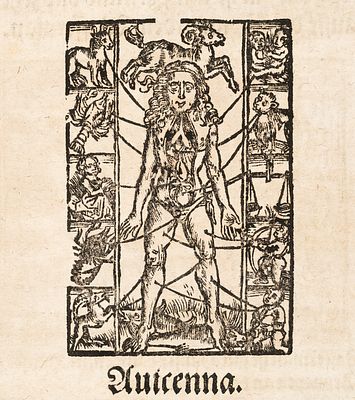
Jost Amman, Aderlassmännchen, aus: (Pseudo-) Albertus Magnus, Daraus man alle heimligkeit deß Weiblichen geschlechts erkennen kan, Frankfurt am Main: Johann Schmidt(für Sigmund Feyerabend), 1581 (Foto: Stephan Kube, Greven)
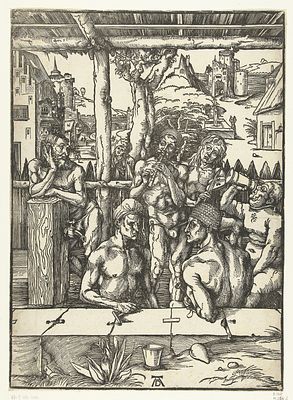
Albrecht Dürer, Männerbad, 1496−97
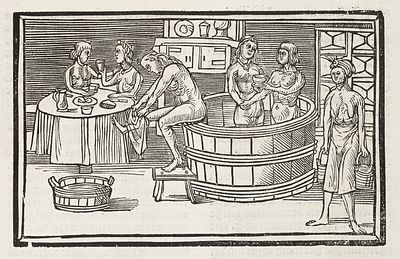
Badeszene aus: Magninus van Melanen, Tregement der ghesontheyt, Brüssel: Thomas van der Noot, 1514 (Foto: Stephan Kube, Greven)
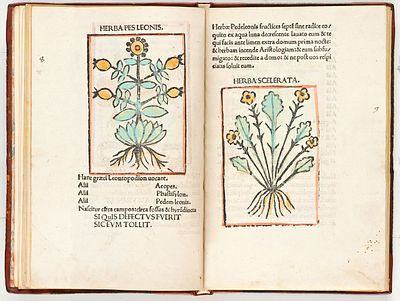
(Pseudo-)Apuleius Barbarus, oder Platonicus, Herbarium Apulei Platonici ad Marcum Agrippam, [Rom]: Johannes Philippus de Lignamine, [1483] (Foto: Stephan Kube, Greven)
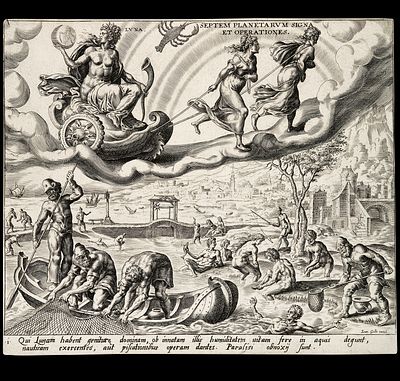
Harmen Jansz Muller (nach Maarten van Heemskerck), Luna, aus: Die Sieben Planeten, ca. 1568 (Foto: Stephan Kube, Greven)
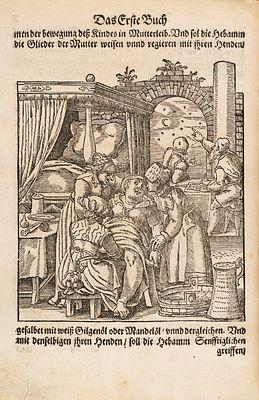
Geburtsszene, aus: (Pseudo-)Albertus Magnus, Daraus man alle heimligkeit deß Weiblichen geschlechts erkennen kan, Frankfurt am Main: Johann Schmidt (für Sigmund Feyerabend), 1581 (Foto: Stephan Kube, Greven)